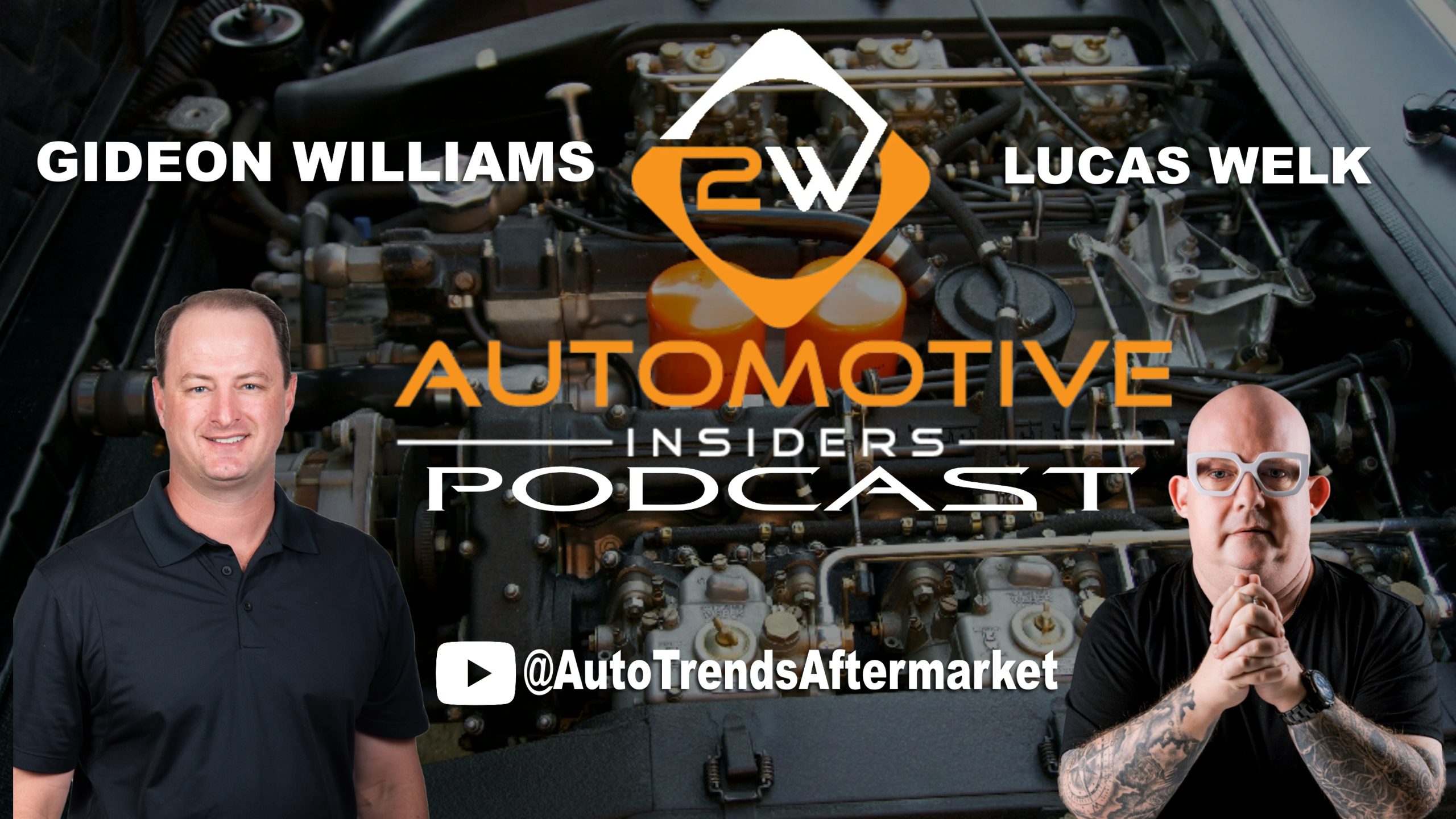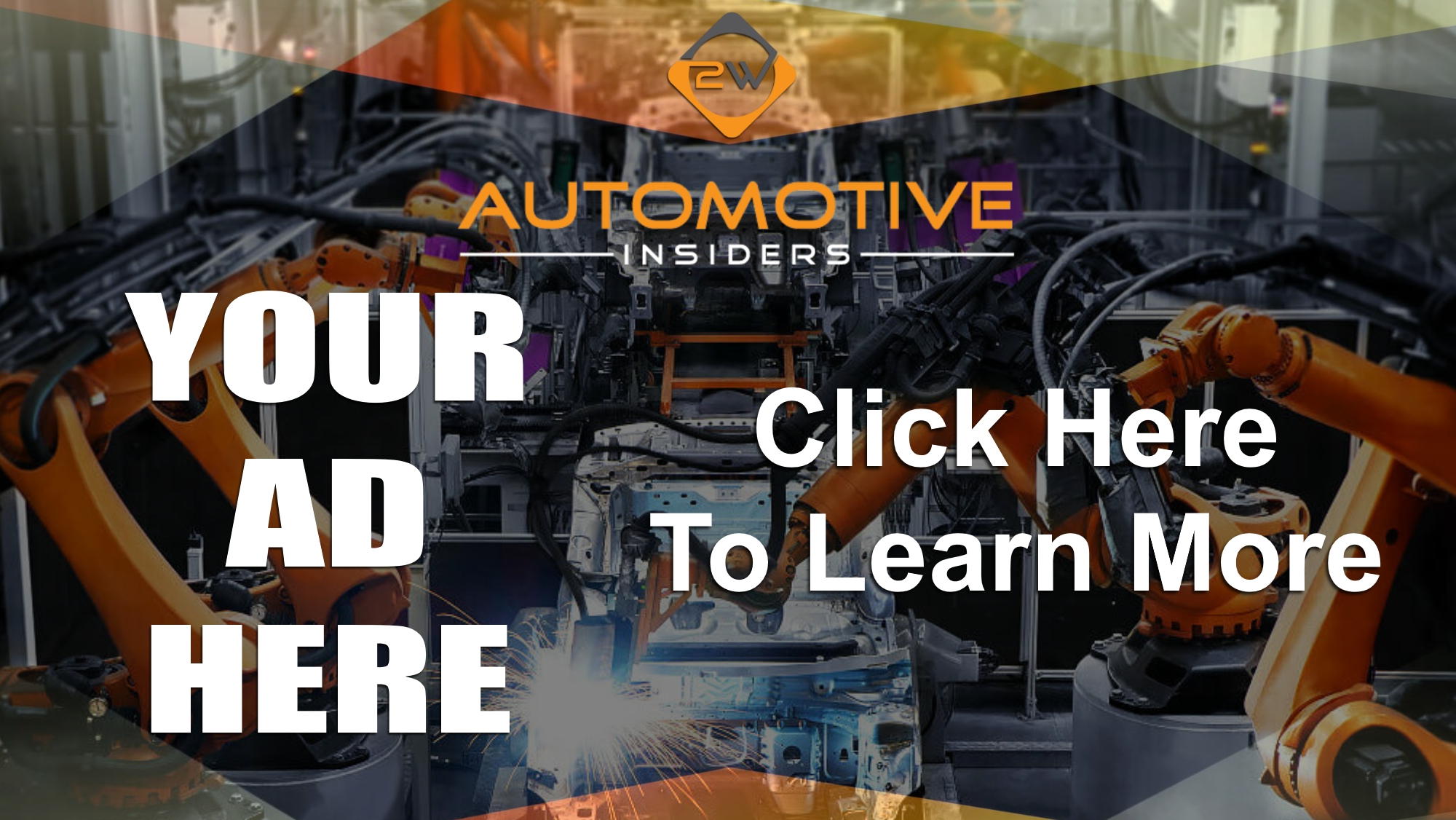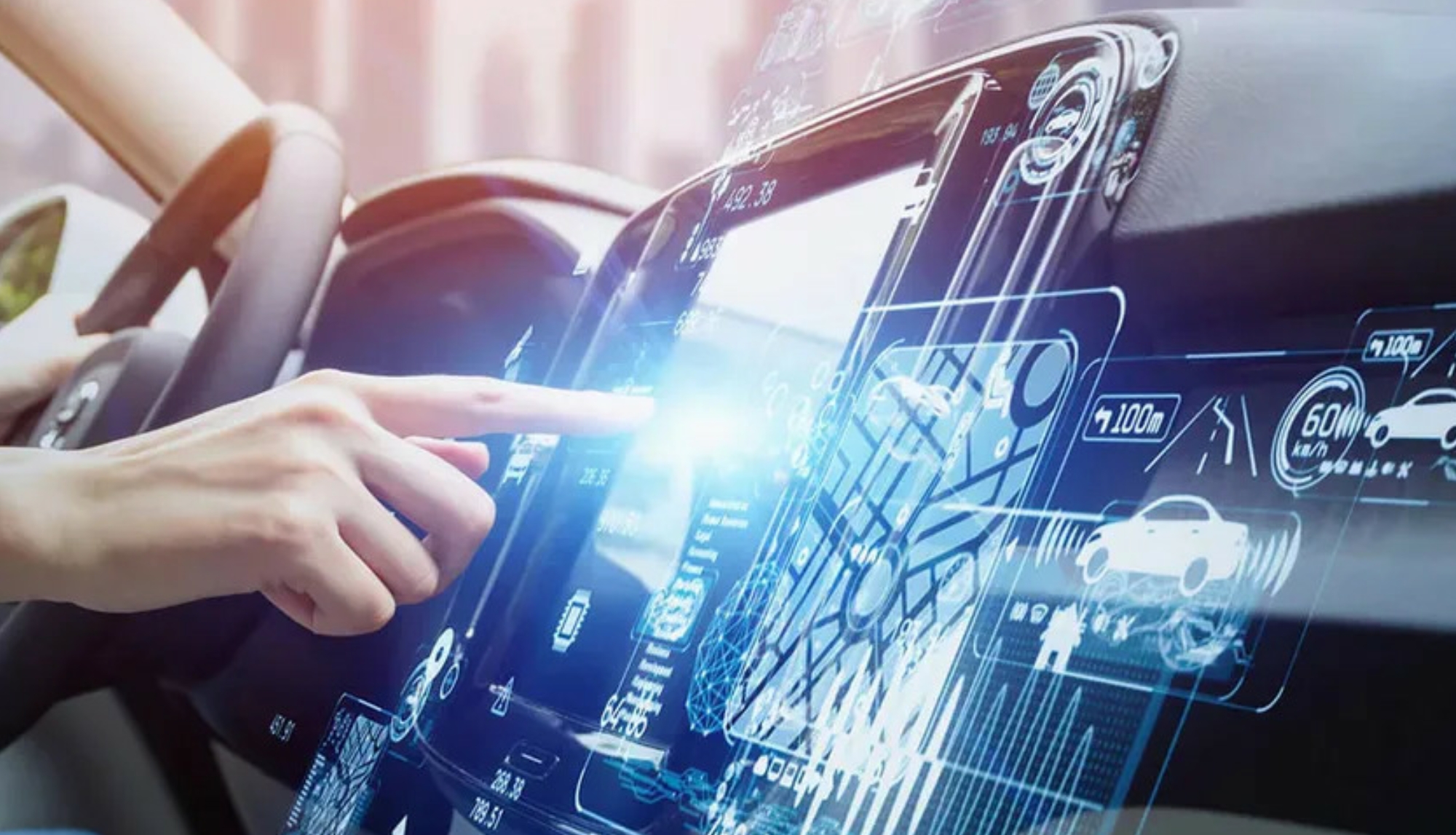
The Future of OEM: How Automakers Are Adapting to the Digital Shift
In today’s fast-paced and ever-changing world, the automotive industry is no exception when it comes to adapting to the digital shift. Original Equipment Manufacturers (OEMs) are continuously looking for ways to stay ahead of the curve and meet the demands of tech-savvy consumers. Let’s take a closer look at how automakers are embracing digital transformation to shape the future of mobility.
The Rise of Electric Vehicles
One of the most significant changes in the automotive industry is the shift towards electric vehicles (EVs). As governments around the world push for stricter emissions regulations, OEMs are investing heavily in developing and producing electric cars to meet these requirements. Companies like Tesla have paved the way for EV adoption, forcing traditional automakers to accelerate their electrification efforts.
Connected Cars and IoT
Another trend shaping the future of OEMs is the integration of connected car technologies and the Internet of Things (IoT). Vehicles are becoming more than just a mode of transportation – they are evolving into sophisticated mobile devices on wheels. Automakers are incorporating features like in-car infotainment systems, telematics, and advanced driver assistance systems (ADAS) to enhance the driving experience and improve safety.
Autonomous Driving
Autonomous driving is no longer a distant dream but a reality that OEMs are actively working towards. Companies like Waymo and Uber have already begun testing self-driving vehicles on public roads, signaling a future where human drivers may become obsolete. Automakers are investing in AI and machine learning technologies to develop fully autonomous vehicles that can navigate roads safely and efficiently.
Sustainability and Green Initiatives
With growing concern over climate change and environmental sustainability, OEMs are under pressure to reduce their carbon footprint. Automakers are increasingly focusing on eco-friendly practices, such as using recycled materials, implementing renewable energy sources in the production process, and promoting vehicle recycling at the end of their life cycle. Sustainability has become a key driver of innovation and competitiveness in the automotive industry.
Digital Sales and Customer Experience
In the era of e-commerce and online shopping, OEMs are rethinking their sales and distribution strategies to meet consumer expectations. Automakers are leveraging digital channels to reach customers directly, offering virtual showrooms, personalized online sales experiences, and contactless vehicle delivery options. The shift towards digital sales is not only more convenient for customers but also allows automakers to streamline their operations and reduce costs.
Data Security and Privacy Concerns
As vehicles become increasingly connected and reliant on data, cybersecurity and privacy concerns are top of mind for both OEMs and consumers. Automakers are investing in robust cybersecurity measures to protect vehicles from cyber threats and ensure the privacy of driver data. With the rise of autonomous vehicles and smart cities, the need for secure and trusted systems is more critical than ever.
The future of OEMs in the automotive industry is undoubtedly digital. From electric vehicles and connected cars to autonomous driving and digital sales, automakers are at the forefront of innovation and transformation. By embracing new technologies and adapting to changing consumer preferences, OEMs are shaping a more sustainable, efficient, and connected future of mobility. The digital shift is not just a trend but a fundamental shift that is reshaping the entire automotive landscape.
Meta Description: Learn how automakers are adapting to the digital shift and shaping the future of mobility with electric vehicles, connected cars, autonomous driving, and digital sales strategies.
OEM Parts: Navigating the Balance Between Quality and Cost
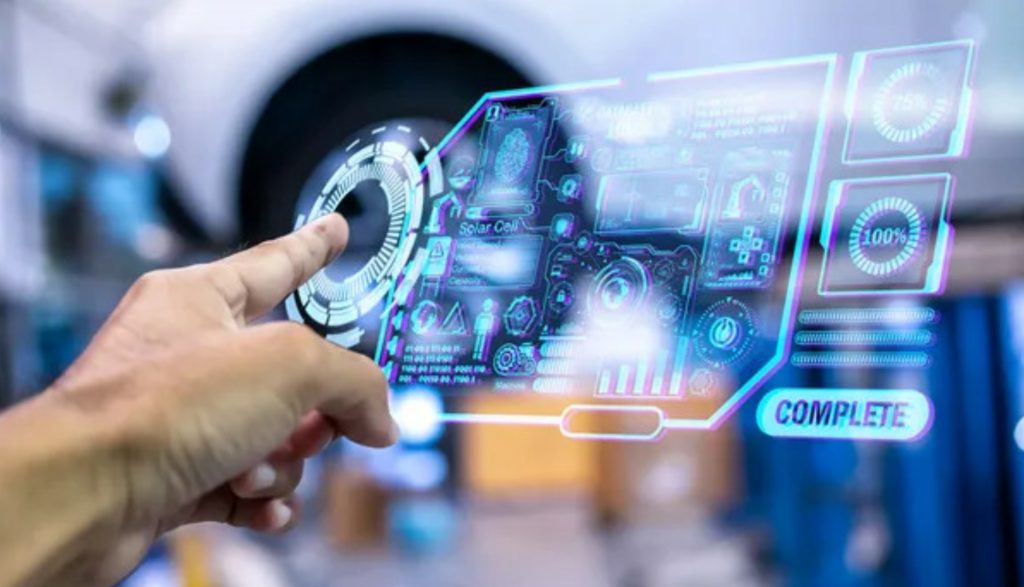
When it comes to purchasing OEM parts for your vehicle, finding the perfect balance between quality and cost can be a challenge. OEM (Original Equipment Manufacturer) parts are known for their superior quality and compatibility, but they often come at a higher price point than aftermarket parts. In this article, we will explore how to navigate this balance effectively, ensuring you get the best value for your money without compromising on the performance and longevity of your vehicle.
The Importance of OEM Parts
OEM parts are designed and manufactured by the same company that produced the original parts used in your vehicle. This means they are guaranteed to fit and function exactly as intended, providing optimal performance and reliability. While aftermarket parts may be cheaper, they are often made by third-party manufacturers and may not meet the same quality standards as OEM parts. Using OEM parts ensures that your vehicle maintains its integrity and performance levels, ultimately saving you money in the long run by reducing the risk of costly repairs and replacements.
Researching and Comparing Prices
When shopping for OEM parts, it’s essential to do your research and compare prices from different suppliers. While purchasing directly from the dealership may be convenient, you may find better deals from third-party retailers or online marketplaces. Be sure to compare prices, taking into account shipping costs and warranties, to find the best value for your budget. Additionally, consider purchasing in bulk or during sales events to further maximize your savings without sacrificing quality.
Consulting with Experts and Professionals
If you’re unsure about which OEM parts to purchase or where to find them, don’t hesitate to seek advice from experts and professionals in the automotive industry. Mechanics, dealerships, and online forums are great resources for recommendations and tips on finding the right parts for your vehicle. They can help you navigate the vast array of options available, providing insight into quality, compatibility, and pricing to ensure you make an informed decision that aligns with your needs and budget.
Embracing DIY Solutions and Upgrades
Another way to balance quality and cost when purchasing OEM parts is to consider DIY solutions and upgrades. Many basic maintenance tasks, such as changing oil, replacing filters, and installing new wiper blades, can be easily done at home with the right tools and guidance. By taking on these tasks yourself, you can save on labor costs and have greater control over the quality of the parts used in your vehicle. Additionally, consider upgrading certain components with OEM parts to enhance performance and longevity without breaking the bank.
Maintaining a Long-Term Perspective
When evaluating the balance between quality and cost of OEM parts, it’s crucial to maintain a long-term perspective. While aftermarket parts may offer immediate cost savings, they often lack the durability and reliability of OEM parts, leading to more frequent replacements and repairs down the line. Investing in high-quality OEM parts may require a higher upfront cost, but it can save you money in the long run by reducing the risk of breakdowns and ensuring your vehicle operates at its best for years to come.
Navigating the balance between quality and cost when purchasing OEM parts for your vehicle requires careful consideration and research. By understanding the importance of OEM parts, comparing prices, consulting with experts, embracing DIY solutions, and maintaining a long-term perspective, you can find the perfect balance that meets your needs and budget. Remember, quality should always be a top priority when it comes to maintaining the performance and longevity of your vehicle.
From Factory to Consumer: The Changing Landscape of OEM Distribution
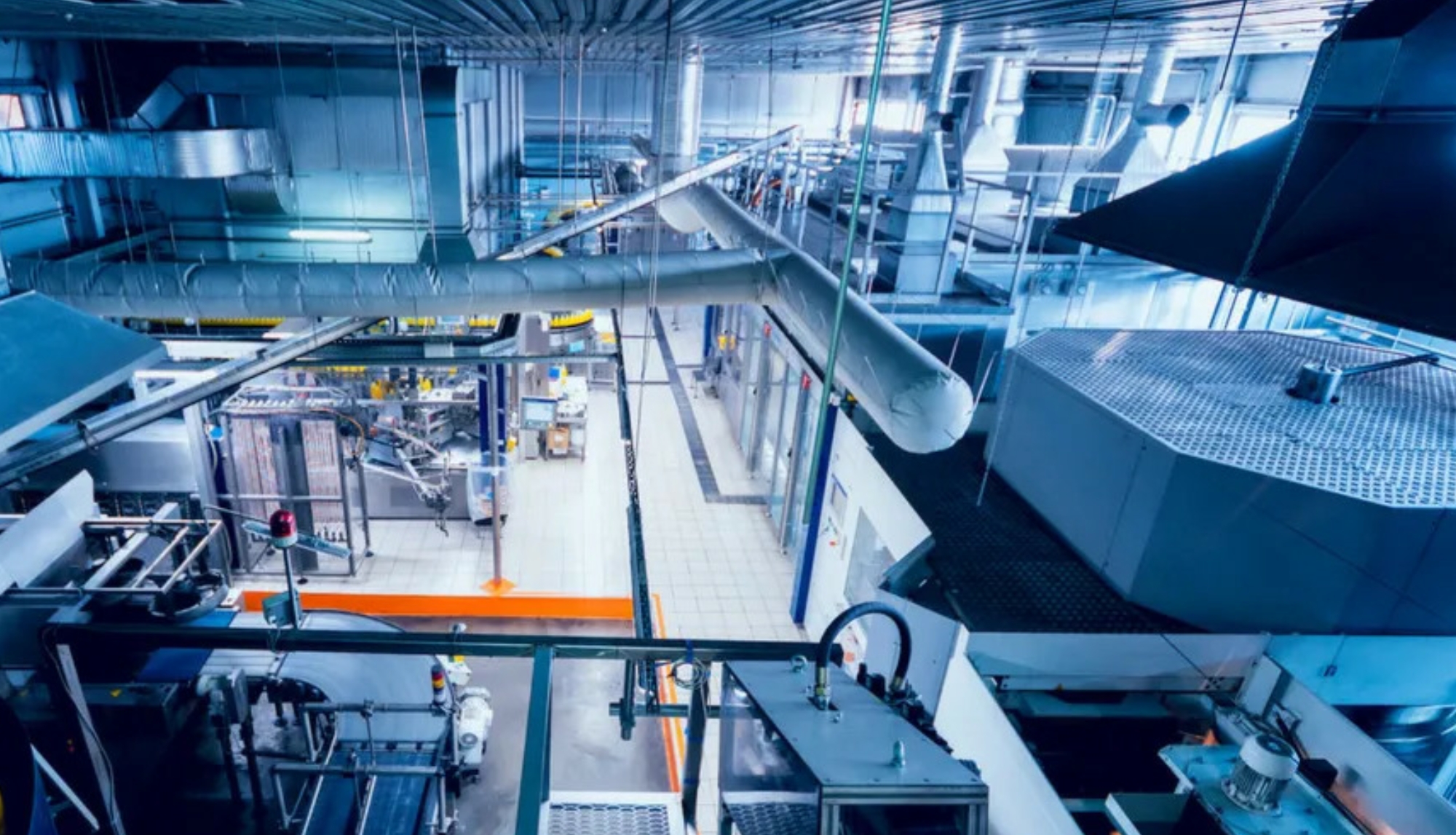
In today’s fast-paced world, the journey from factory to consumer has undergone significant changes, especially in the realm of Original Equipment Manufacturer (OEM) distribution. With the rise of e-commerce, globalization, and technological advancements, the traditional OEM distribution model has evolved to meet the demands of modern consumers. Let’s explore how this transformation has humanized the process and improved the overall customer experience.
The Traditional Model: A Brief Overview
In the past, OEM distribution followed a linear path, starting with manufacturers producing goods in bulk at factories. These products would then be shipped to distributors or wholesalers before finally reaching retailers and, ultimately, consumers. While this model served its purpose for many years, it often led to inefficiencies, increased costs, and limited visibility into the supply chain.
The Rise of E-Commerce: Redefining Distribution Channels
The emergence of e-commerce has revolutionized the way OEM products are distributed. With online platforms connecting consumers directly to manufacturers, the need for intermediaries like distributors and wholesalers has decreased. This direct-to-consumer approach not only streamlines the distribution process but also provides manufacturers with valuable data on consumer preferences and buying behavior.
Globalization: Expanding Opportunities for OEMs
Globalization has played a significant role in the transformation of OEM distribution. Manufacturers now have access to a worldwide market, allowing them to reach a broader customer base. This increased reach has opened up new opportunities for OEMs to expand their product offerings, customize products to meet regional preferences, and establish partnerships with retailers in different countries.
Technology: Enabling a Seamless Customer Experience
Advancements in technology have also played a crucial role in humanizing the OEM distribution process. From supply chain management systems to customer relationship management tools, technology has enabled manufacturers to track products in real-time, predict consumer demand, and provide personalized customer support. This level of connectivity and transparency has not only improved efficiency but has also enhanced the overall customer experience.
Sustainability: A Focus on Ethical and Eco-Friendly Practices
In recent years, consumers have become increasingly conscious of the environmental impact of their purchasing decisions. As a result, many OEM manufacturers are embracing sustainable practices, from reducing packaging waste to using eco-friendly materials. By prioritizing sustainability in their distribution process, manufacturers are not only meeting consumer expectations but also contributing to a healthier planet.
The Human Touch: Building Trust and Loyalty
While technology and globalization have reshaped the OEM distribution landscape, the human touch remains essential in building trust and loyalty with consumers. Manufacturers that prioritize customer service, ethical practices, and transparency in their distribution process are more likely to establish long-lasting relationships with customers. By humanizing the distribution process, OEMs can create a positive impact on society while driving business growth.
The changing landscape of OEM distribution has transformed the way products move from factory to consumer. Through e-commerce, globalization, technology, sustainability, and a human-centric approach, manufacturers can now deliver goods more efficiently, ethically, and transparently. By adapting to these shifts in the distribution process, OEMs can enhance the overall customer experience and build a loyal customer base in today’s competitive marketplace.

